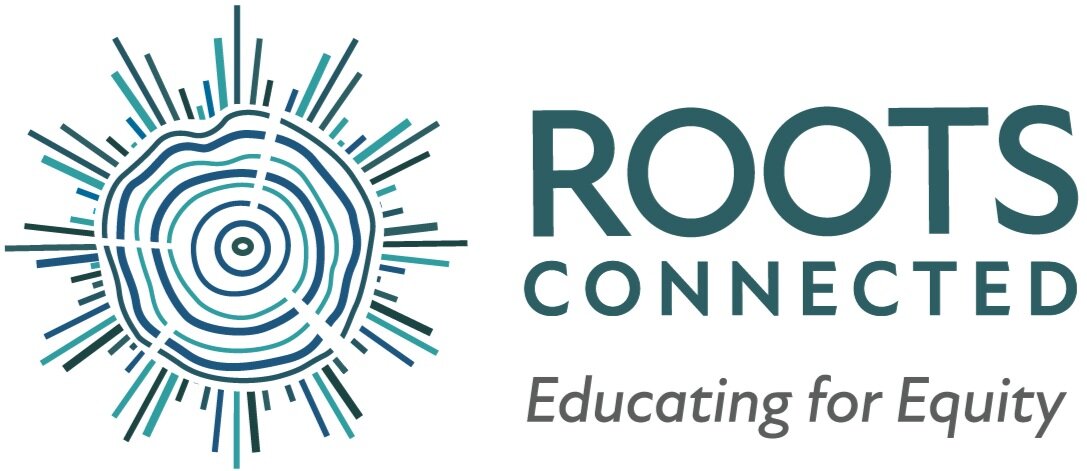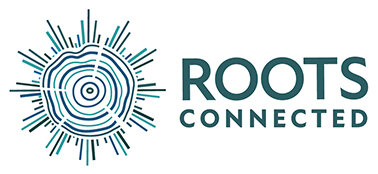Beyond Ice Breakers to Community Building
“When we choose to wonder about people we don’t know, when we imagine their lives and listen for their stories, we begin to expand the circle of those we see as part of us. We prepare ourselves to love beyond what evolution requires.”
― Valarie Kaur
As educators we long to create spaces where our colleagues and students feel seen and welcome to be their authentic selves. In order to get there, building authentic community matters. Unlike "ice breakers", community builders allow for connection and make space for participants to be open and vulnerable, and wonder. They are seemingly small moments that can allow for everyone to really get to know one another. They lay the foundation for identity work and allow you to build connections in authentic ways across differences. This is central to anti-bias education and the ability to tap into streams of critical literacy, social action and so much more. The power of human connection can not be underestimated and when we know each other well as full human beings, we work together more effectively.
Strong Community Building spaces should have these 3 key elements:
1) Norms - Norms are not impersonal or abstract. They are concrete, accessible and allow for shared understanding. They…
support meaningful sharing.
provide a shared understanding of ways of being.
are tools to resolve disagreements and conflicts.
build connections and community.
To read more about setting up norms in your community click here!
2) Activity - Meaningful community building activities are usually connected to parts of your identity/your story. It is helpful to have the activity include smaller group shares rather than larger ones. When setting up groups it is important to consider:
Choice - in how to engage. This could be a choice in prompt or a choice in the format you share.
Grouping - Strategic grouping to make sure all feel safe/brave in sharing.
Modeling - ranging in vulnerability. Consider how your model will give permission to students to share in certain ways.
Need activity ideas? Check out some great Community Builders!
3) Reflection/Debrief - This can be the most powerful and or connecting piece of a community builder. It is often one overlooked and forgotten but allows for the deeper learning, understanding, and connection to take place. This can take place individually or in a group setting.
Sample debrief questions:
How did it feel to share or listen today?
Name a time you saw one of our norms honored?
What is something you think could be added or changed if we do this again in the future?
What did you learn about yourself or someone else?
In addition to intentionally creating meaningful time and space for staff or students to connect, there are times, in a transition or to quickly start off a meeting, to do check-ins, which create the space for connection but are not tied to sharing stories and sharing about identity.
It is always the right time to build and deepen community. Interested in digging deeper? Check out our Educator Support page to see upcoming workshops, institutes and learn more about coaching opportunities.





